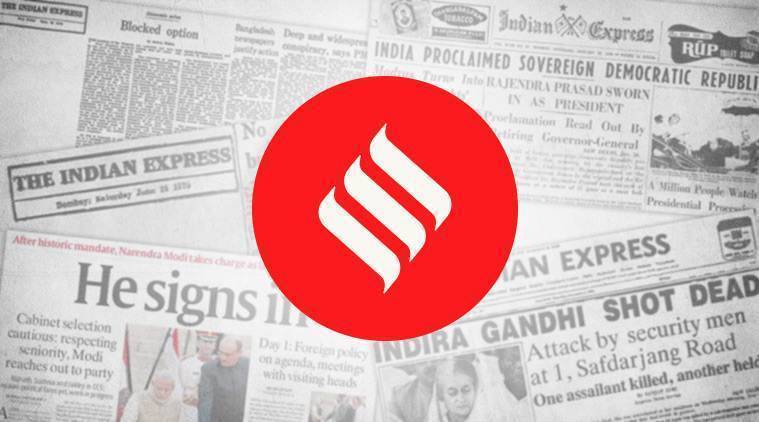 The government should stock sufficient quantities of all essential food items — not only rice and wheat — that enable effective market intervention, with the interest of poor consumers better taken care of through targeted cash transfers.
The government should stock sufficient quantities of all essential food items — not only rice and wheat — that enable effective market intervention, with the interest of poor consumers better taken care of through targeted cash transfers.
On February 1, foodgrain stocks in government godowns were, at over 75 million tonnes (mt), the highest in any year for this time. If that weren’t enough, the country, according to the Union Agriculture Ministry’s advance estimates, is set to harvest a record 106.21 mt of wheat in 2019-20. This crop will start arriving in the markets from late March. Given the 34.13 mt procured from last year’s lower production of 103.60 mt and the increase in minimum support price (from Rs 1,840 to Rs 1,925 per quintal), wheat purchases by government agencies are likely to be even more this time. With procurement of the 2019-20 paddy crop still on, and after deducting sales during February-June, total grain stocks in the Central pool could well touch 100 mt by July 1.
This is unsustainable, both physically and fiscally. The total storage capacity available with the Food Corporation of India (FCI) and state agencies as on end-2019 stood at 75.85 mt. Within that, the covered godown space was 62.65 mt and the balance 13.20 mt being just concrete plinth structures with tarpaulin tops in open area. Simply put, public warehouses are already bursting at the seams and finding place to stock more grain, without leaving them at the mercy of the elements or rodents, will itself present a challenge. More daunting is the fiscal challenge. The 2020-21 Union Budget has made a provision of Rs 1,15,569.68 crore towards food subsidy. But this figure excludes the FCI’s borrowings from the National Small Savings Fund (NSSF) that are projected even higher, at Rs 1,36,600 crore. With its outstanding dues to NSSF slated to reach Rs 3,22,800 crore by March 31, 2021, the FCI is heading towards a liquidity crisis. And that’s only to be expected, when its budgeted “economic cost” of Rs 26.84/kg for wheat and Rs 37.27/kg for rice in the coming fiscal is way above the corresponding public distribution system issue prices of Rs 2 and Rs 3/kg.
The conclusion is inescapable: Open-ended procurement of paddy and wheat at MSPs completely out of sync with market prices has to go. Physical and fiscal non-sustainability apart, it discriminates against farmers growing other crops requiring less water and fertiliser per kg. Farm support should be crop-agnostic and the best way to do it is by giving a flat per-hectare or per-holding subsidy. By moving from price to income support, all market-distorting input and output subsidies can be collapsed into the Pradhan Mantri Kisan Samman Nidhi or PM-KISAN scheme. The government should stock sufficient quantities of all essential food items — not only rice and wheat — that enable effective market intervention, with the interest of poor consumers better taken care of through targeted cash transfers. These are much-needed reforms that are easier to implement now than closer to the 2024 national elections. Kicking the can down the road isn’t an option.